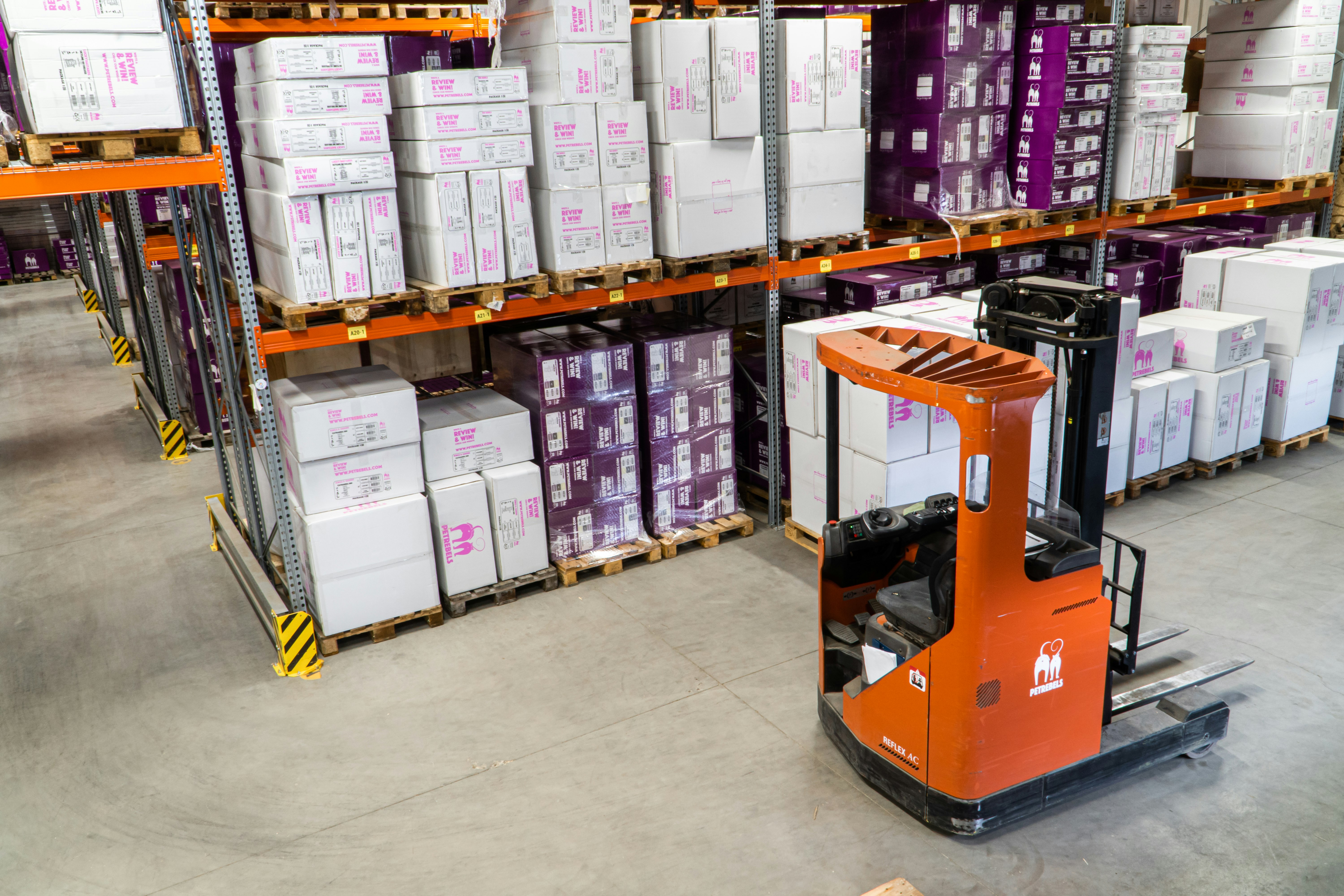One way to achieve a sustainable supply chain is by managing the environmental impact of operations. This involves reducing greenhouse gas emissions, conserving energy and water, and minimizing waste generation. Companies can incorporate eco-friendly practices such as using renewable energy sources, optimizing transportation routes, and implementing efficient packaging solutions. By doing so, they contribute to the preservation of natural resources and mitigate the adverse effects of climate change.
Another crucial aspect of a sustainable supply chain is ensuring responsible sourcing and labor practices. Companies must establish transparent relationships with suppliers, assess their ethical practices, and promote fair labor standards. This includes guaranteeing safe working conditions, adhering to human rights principles, and supporting community development where suppliers operate. By sourcing responsibly, companies can avoid contributing to environmental degradation and unethical practices such as child labor or worker exploitation.
Implementing sustainable supply chain practices not only contributes to environmental and social well-being but also boosts economic performance. Companies that adopt sustainable practices often enhance their brand reputation, attract environmentally conscious customers, and reduce costs in the long run. By optimizing processes, minimizing waste, and improving efficiency, companies can achieve significant financial savings and gain a competitive edge in the market.
To achieve a truly sustainable supply chain, collaboration is essential. Companies should engage their stakeholders, including suppliers, customers, and communities, to ensure that their actions align with shared values and aspirations. Collaboration facilitates knowledge exchange, encourages innovation, and allows for the development of collective sustainability goals. By working together, companies can address the complex challenges of a sustainable supply chain and foster a positive impact on society and the environment.
A sustainable supply chain aims to balance profit and responsibility by considering the social, environmental, and economic aspects of a company's operations. By managing environmental impact, ensuring responsible sourcing and labor practices, and promoting collaboration, companies can create a supply chain that safeguards natural resources, supports ethical practices, and drives economic growth. Embracing sustainability not only contributes to a better future but also helps companies thrive in an increasingly conscious and competitive business environment.
Estimated reading time: 2 minutes, 4 seconds
Sustainable Supply Chain: Balancing Profit and Responsibility Featured
A sustainable supply chain refers to a strategic approach that focuses on integrating social, environmental, and economic factors to ensure the long-term viability of a company's operations. This concept recognizes the interconnected nature of supply chains and the importance of minimizing negative impacts while maximizing value creation. Companies aiming for sustainability seek to balance profit and responsibility by adopting practices that consider the environmental and social implications of their supply chain activities.

Scott Koegler
Scott Koegler is Executive Editor for PMG360. He is a technology writer and editor with 20+ years experience delivering high value content to readers and publishers.
Latest from Scott Koegler
- Wearable Tech For Warehouse Workers - Examining Wearables And Augmented Reality Tech Aiming To Improve Warehouse Workflows
- Cannabis Supply Chain Challenges in the USA: Navigating Complexities in a Rapidly Growing Industry
- Improving Traceability in the Food Supply Chain with Blockchain
- How Self-Driving Trucks Could Disrupt Trucker Lifestyles And The Trucking Subculture
- Personal Shopper Drones and Last Mile Delivery
Most Read
-

-
Feb 13 2013
-
Written by Scott Koegler
-
-

-
Feb 17 2012
-
Written by Scott Koegler
-
-

-
Feb 13 2019
-
Written by Scott Koegler
-
-

-
Jul 18 2017
-
Written by Super User
-

















